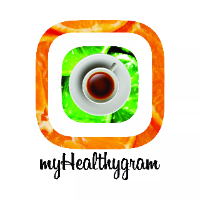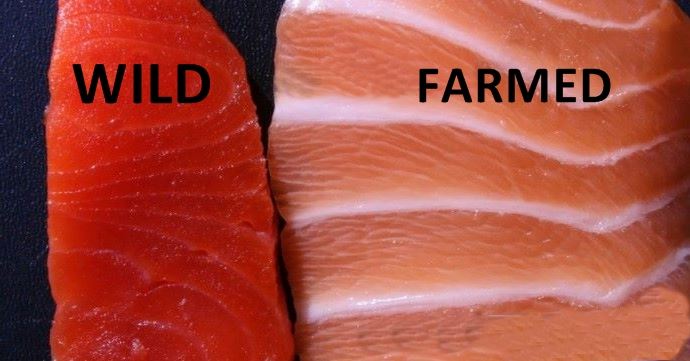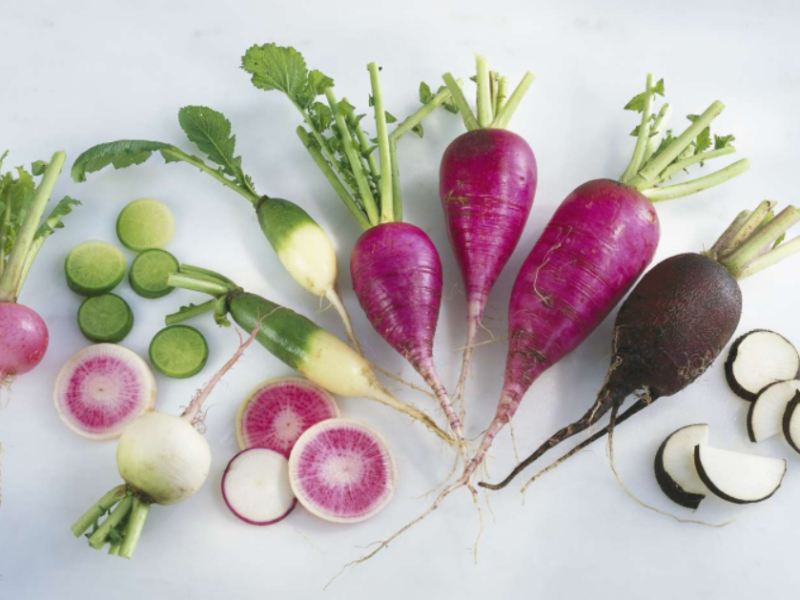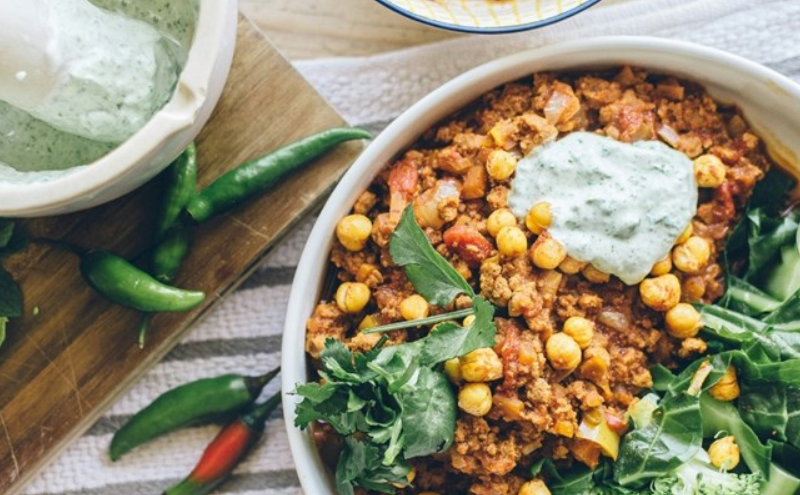Salmon has a delightful and diverse flavour, but it is also a good source of many healthful nutrients. It can also be eaten raw if you know how to select healthy salmon kinds.
However, not all salmon varieties are the same, and the length of its life may influence its flavour, fattiness, and health advantages. This article will show you how to identify healthy salmon and how to properly cook it so that you can enjoy all of its benefits.
To begin, consider how the colour of salmon can suggest its quality. In terms of colour, there is a significant contrast between wild Alaskan Sockeye and farmed salmon.
Specifically, wild-caught Alaskan sockeye is a pleasant crimson colour. However, its farmed counterpart is significantly paler, indicating that it was cultivated in artificial and unsanitary settings.
This distinction is due to astaxanthin, a brilliant red chemical found in krill, algae, and plankton that has powerful properties:
- It improves blood flow
- it strengthens the mitochondria’s cell membranes by preventing damaging oxygen species and thus protects it
- it is a strong anti-inflammatory and antioxidant
- it improves mitochondrial energy production
- According to a study, when used as a supplement, it boosts the strength endurance by over 50%.
Wild salmon, particularly sockeye salmon, absorb large levels of astaxanthin when feeding on astaxanthin-rich plankton. Farmed salmon, on the other hand, receive food pellets that do not contain natural astaxanthin, but farmers supplement it with a synthetic form. However, because the majority of commercial astaxanthin is derived from petrochemicals such as coal, it is not chemically identical to natural astaxanthin.
Find out more about: 2-Ingredients Natural Recipe For A Shiny Toilet – No Scrubbing Needed
The fish feed also contains fish oil and fish meal, both of which are tainted with dioxin and mercury.
Farmers have recently attempted to limit heavy metal contamination by substituting soy, vegetable oil, corn protein, and vegetable oil for fish meal/oil. However, because it is against their nature to consume maize and soy, the quality of their meat suffers.
As a result, farmers frequently use antibiotics to maintain their health, and trace amounts of them are now found in the salmon we eat. Furthermore, the vegetable oils may contain mould contaminants, lowering the vital omega-3 fat content of the fish.
Concerning the mercury content discovered in salmon, the FDA and EPA studied it and confirmed that wild-caught salmon has always been at extremely low risk of mercury contamination. They also claim that it is completely safe to consume and that it may be done several times per week.
If you want to discover which type of salmon is ideal to eat, you should consider what you want from it. If caught wild, sockeye, Chinook, and coho salmon are all excellent choices. They each have their own particular flavour, yet they are all incredibly healthy. So it’s up to you to decide which salmon species to eat.
Sockeye salmon, in particular, has a robust flavour and is high in omega-3 fatty acids. Because they eat just plankton, it has the highest concentration of vitamin D, cholesterol, and astaxanthin.
Because of this characteristic, they are incredibly difficult to farm, hence this type of salmon is almost always wild. It has numerous health benefits and tastes excellent when smoked.
Chinook (king) salmon, on the other hand, has twice the quantity of omega-3s as any other salmon kind. They reside in deep, cold water. They are kept warm, however, by the omega-3s they carry, as the fat in their system remains liquid and prevents them from freezing. However, because this type of salmon can be cultivated, you must constantly be cautious to avoid purchasing the farmed version.
Another robust salmon kind is Pacific coho, which has the third-highest fat content, trailing only sockeye and Chinook. Coho is high in vitamin D and omega-3 fatty acids.
Cooking salmon
The flavour of smoked salmon is just enticing, and the only negative is that smoking meat can produce histamine, which might cause inflammation if you are sensitive to it. However, it is difficult to find cold-smoked salmon because the omega-3s are best preserved at lower temperatures.
Furthermore, if you can’t get it raw, try the following simple recipe, which will keep the rich and wonderful flavour while the lemon juice, due to its acidity, will effectively balance out the fat.
Remarkable Parchment-Baked Salmon
Serves 2
This remarkable dish will serve two. It is amazing in taste, and it will provide high amounts of omega-3s.
Ingredients:
- 2 center-cut wild salmon fillets (8 ounces each)
- 1 tablespoon grass-fed unsalted butter
- 1 tablespoon minced fresh herbs ( dill, chives, or parsley)
- 1 teaspoon Bulletproof Brain Octane oil (you can also use coconut oil or MCT)
- Sea salt
- Lemon wedges (for serving)
Preparation method:
Preheat the oven to 320°F and place the salmon on a baking pan lined with parchment paper. Rub the salmon fillets with the Brain Octane oil, season with sea salt, and top with the butter.
Wrap the parchment around the salmon to keep the steam from escaping. The salmon should then be baked for about 18 minutes, or until it is medium-rare. Then top with the minced fresh herbs and squeeze over the lemon.
After reading this text you can also read about: Do You Suffer From High Blood Pressure? With Just Three Teaspoons Per Day, You Can Solve This



